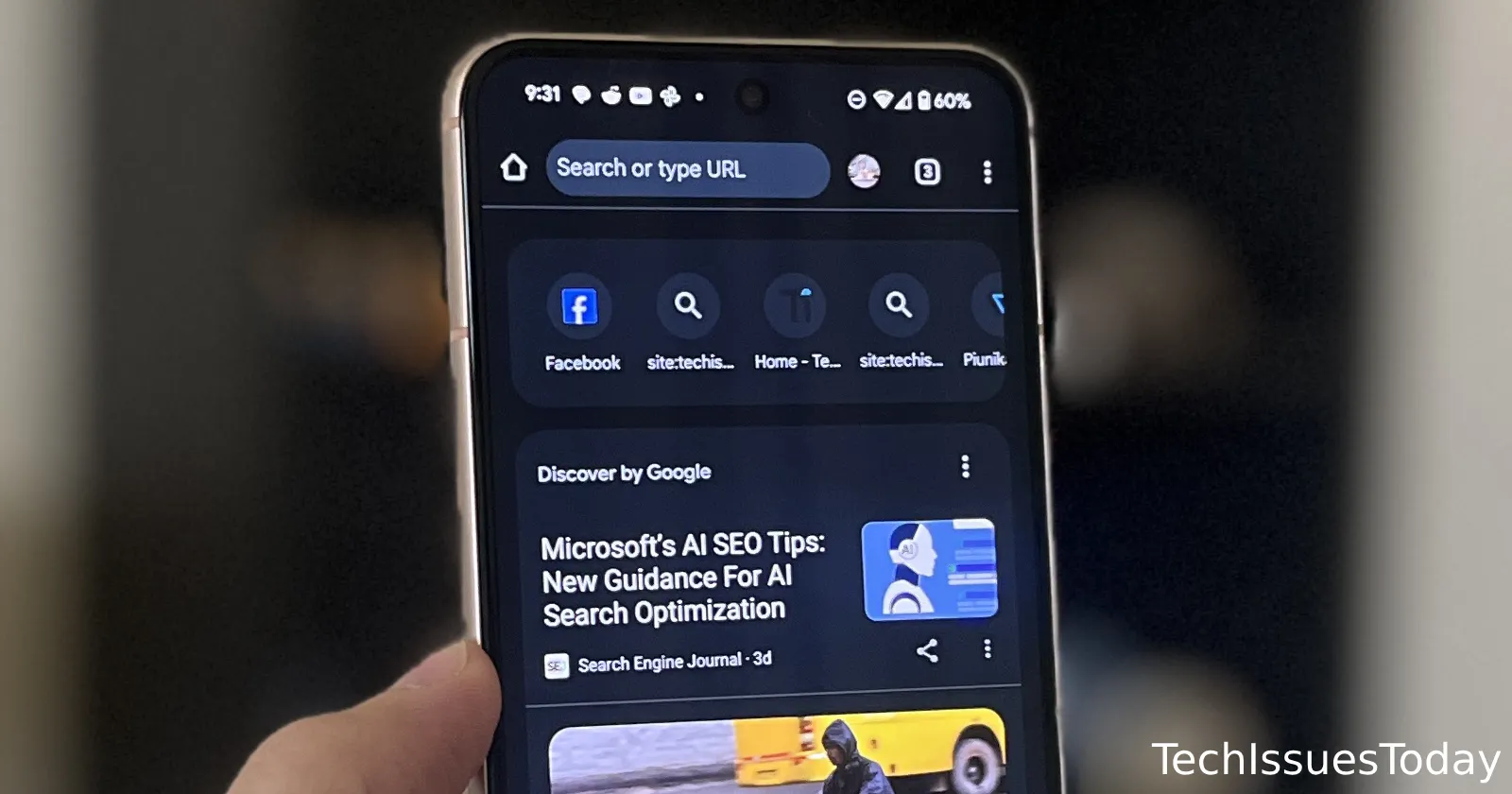Stop Software Frustration: Reclaim Your Autonomy Over Tech
Feeling increasingly annoyed by software updates that change your settings or remove features you love? Are constant app changes stealing your time and causing daily frustration? You're not alone.
This article explores the growing feeling of lost autonomy in our digital lives and offers insights on how to regain control, highlighting the importance of human-centered design in software.
The Annoyances: A Death By a Thousand Paper Cuts
We all face them. Here are a few common examples:
- Browser Hijinks: Unexpected changes in your browser – like Chrome's unwanted search suggestions – steal your time as you struggle to revert settings.
- App Chaos: Confusing updates to apps, such as Slack's conversation sorting, force you to waste precious minutes navigating through menus.
- Digital Amnesia: Apps that should remember your preferences – like train ticket booking apps – repeatedly forget your information, causing repetitive manual entry.

These issues, though small individually, accumulate and erode our sense of control.
The Real Problem: Losing Your Digital Autonomy
The core issue isn't just the bugs or unwanted changes themselves, it's the accumulation of these issues. This creates a creeping sense of lost autonomy. As we rely on increasingly complex software, our "surface area" for potential issues expands, leading to a feeling of resignation. It's like a death by a thousand paper cuts. Here's what that can lead to:
- Acceptance of the Unacceptable: We start to accept broken apps and ephemeral settings as the norm.
- Normalization of Deviance: This insidious process leads us to believe that these frustrating experiences are just a part of using technology.
- Unconscious Resignation: We develop a "nothing I can do anyway" attitude.
Are We Becoming Docile Users?
Is constant change turning us into passive consumers of technology? Are we becoming modern-day Eloi, mindlessly accepting updates dictated by unseen "Morlocks?" This raises bigger questions about our relationship with technology:
- Product vs. User: Are we the product, rather than the user?
- The AI Revolution: What happens as software creation becomes more automated, potentially exacerbating these issues?

A Path Forward: Human-Centered Design
One promising solution lies in prioritizing human-centered software design. This approach emphasizes creating technology with the user's needs and experiences at the forefront. This means:
- Intuitive Interfaces: Software should be easy to use and understand.
- User Control: Users should have control over their settings and preferences.
- Respect for Autonomy: Software should not make unwanted changes without user consent.
This is where the field of Human-Computer Interaction (HCI) becomes crucial. By setting boundaries for how we interact with our devices, we can reclaim our digital autonomy and ensure that technology serves us, rather than the other way around.
Why Aren't Companies Investing More in HCI?
Despite the clear benefits, many companies seem to underinvest in human-centered design. Hopefully, new developments in AI will highlight the importance of better interfaces and more user-friendly software.

Stay Independent
Don't resign yourself to a future of digital frustration. By demanding better software design and prioritizing our autonomy, we can shape technology that empowers us rather than overwhelms us.












